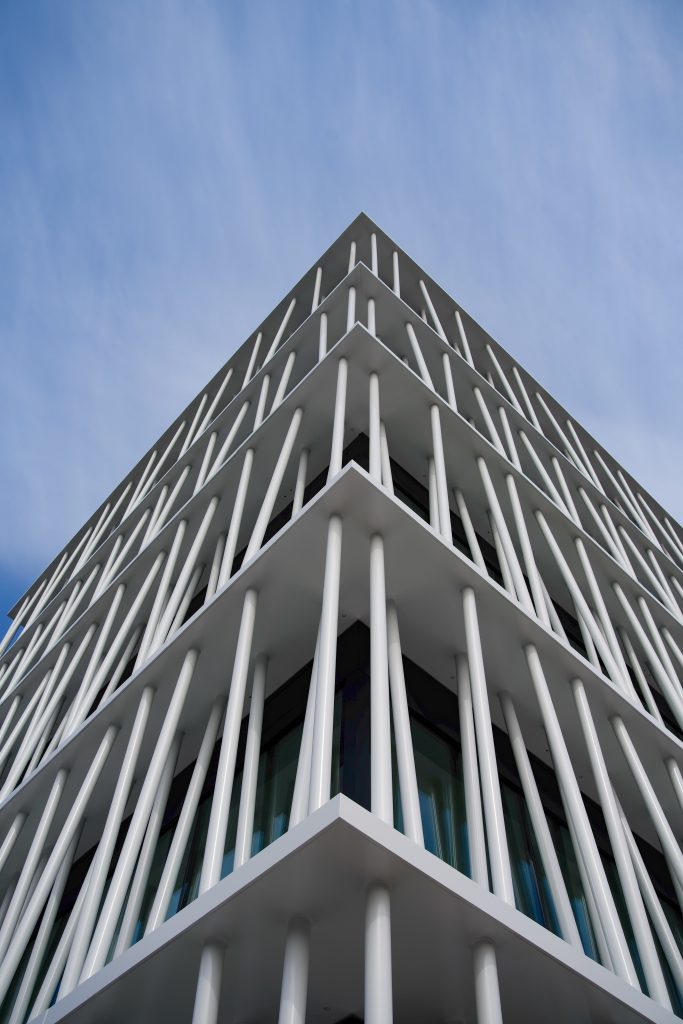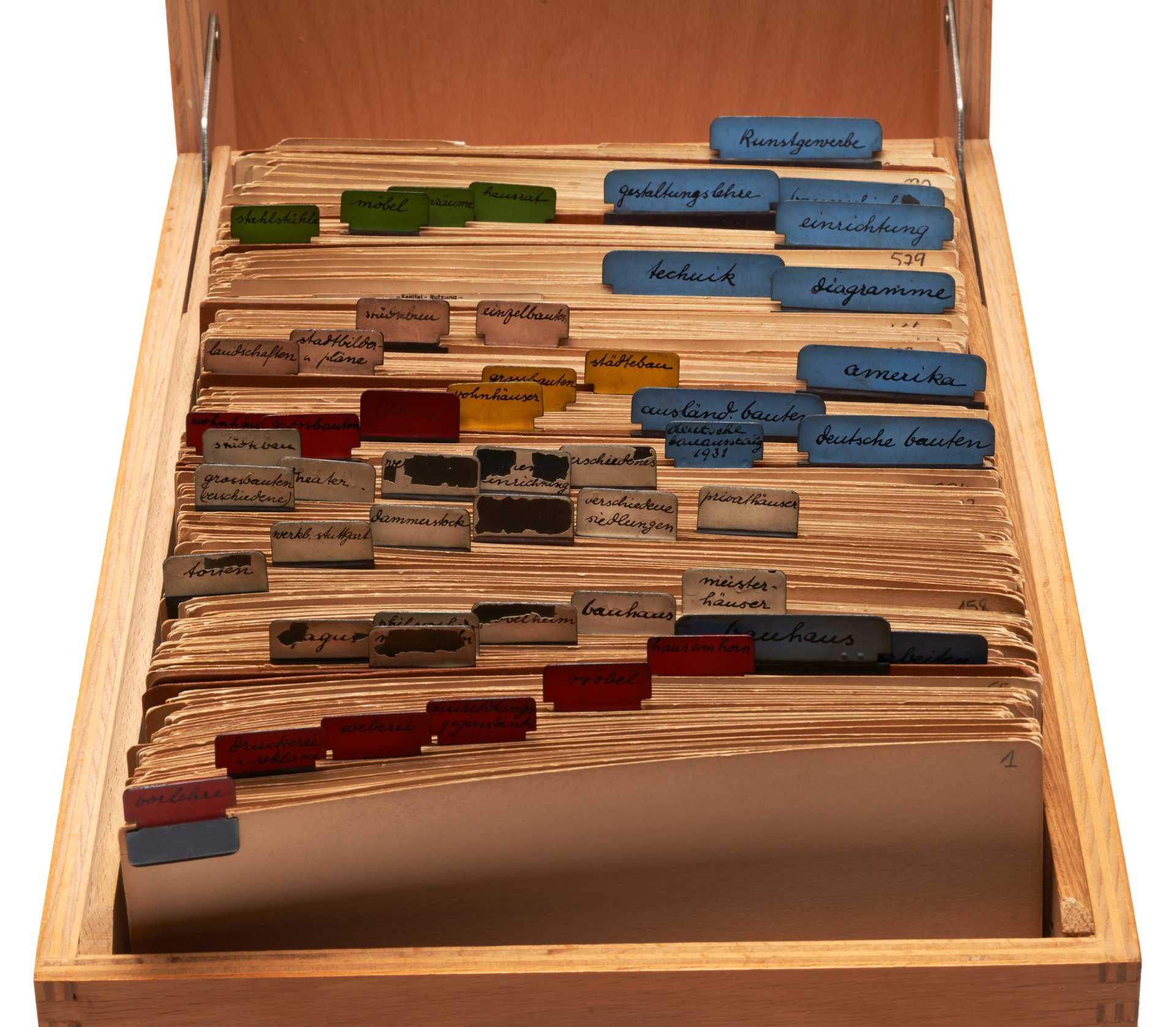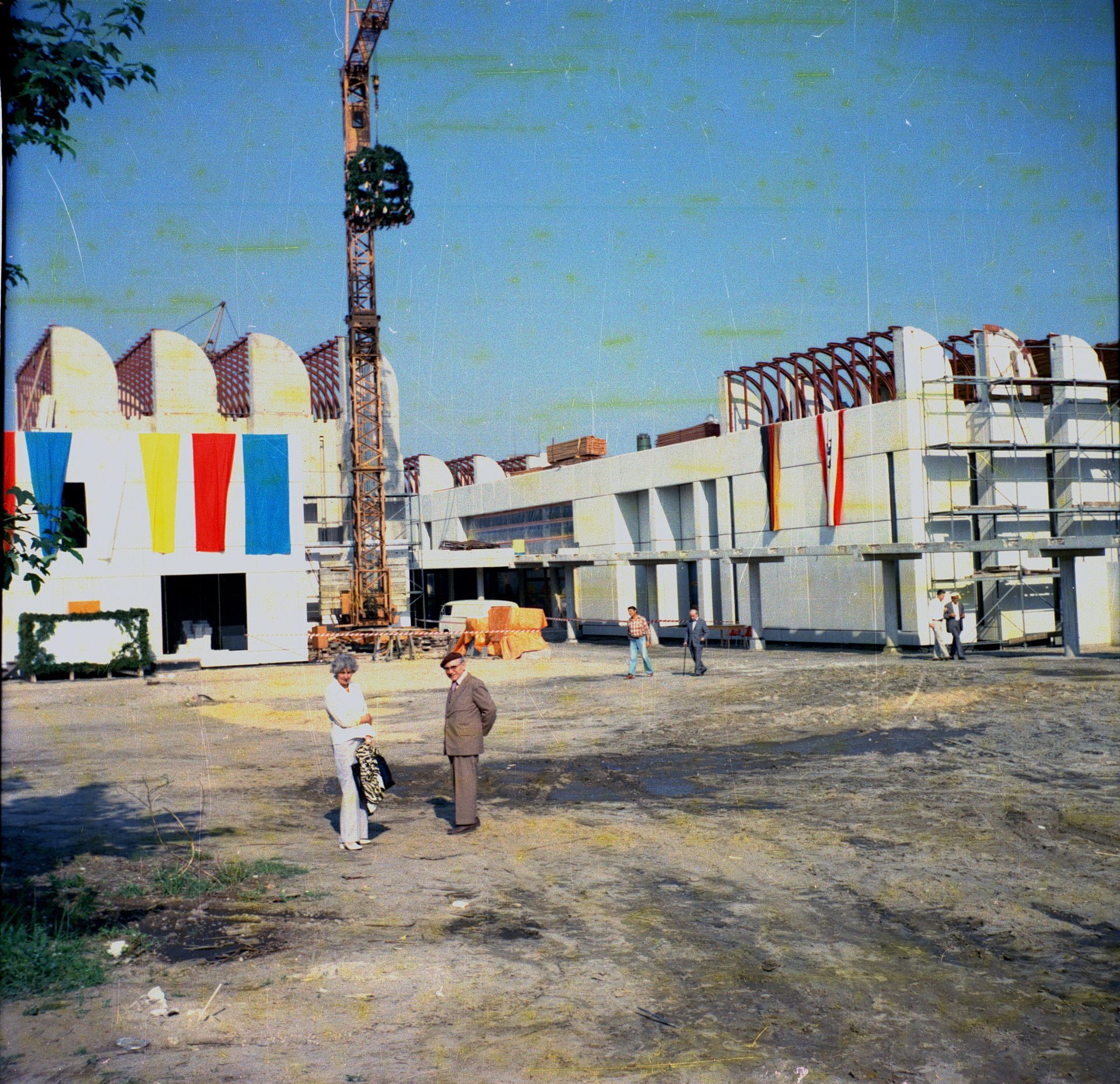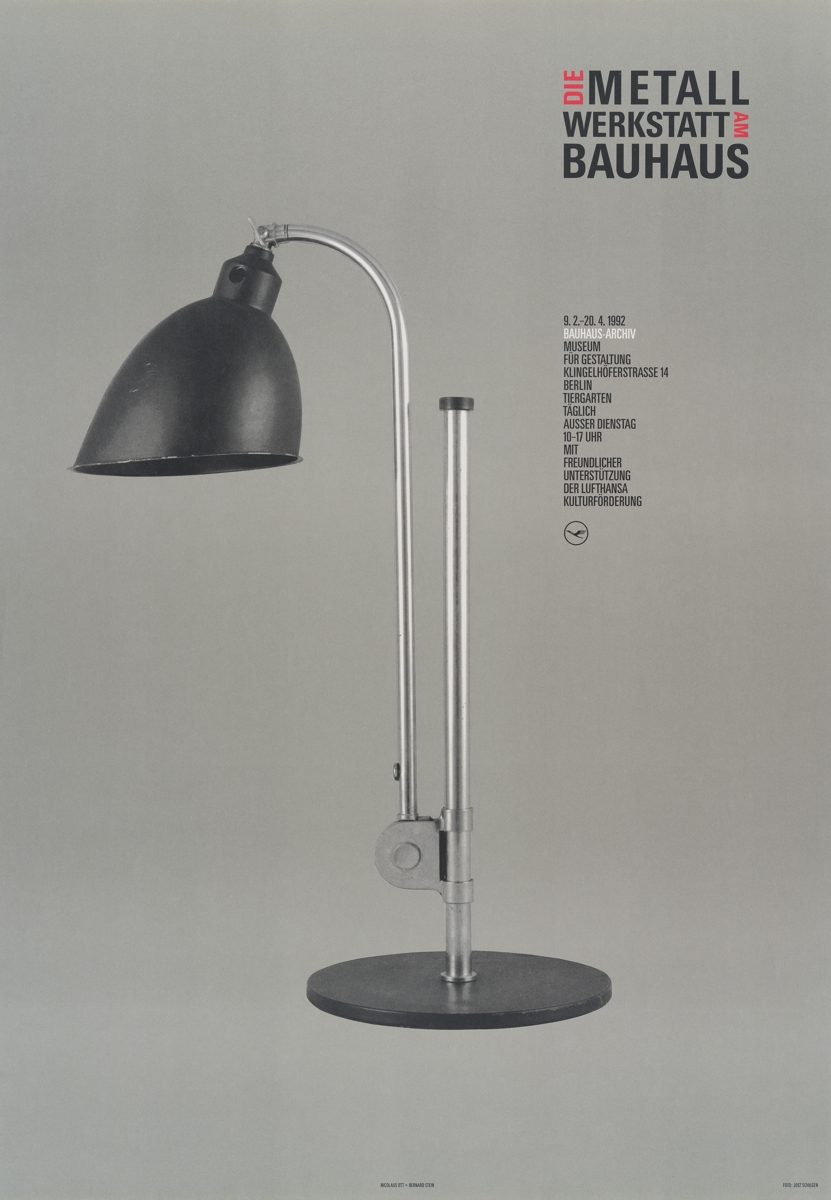How the idea of a Bauhaus archive was born (Part 2)
How did the Bauhaus-Archiv / Museum für Gestaltung become what it is today? This four-part series sheds light on the history of the institution.
Part two traces the archive’s path from its conception to its construction.
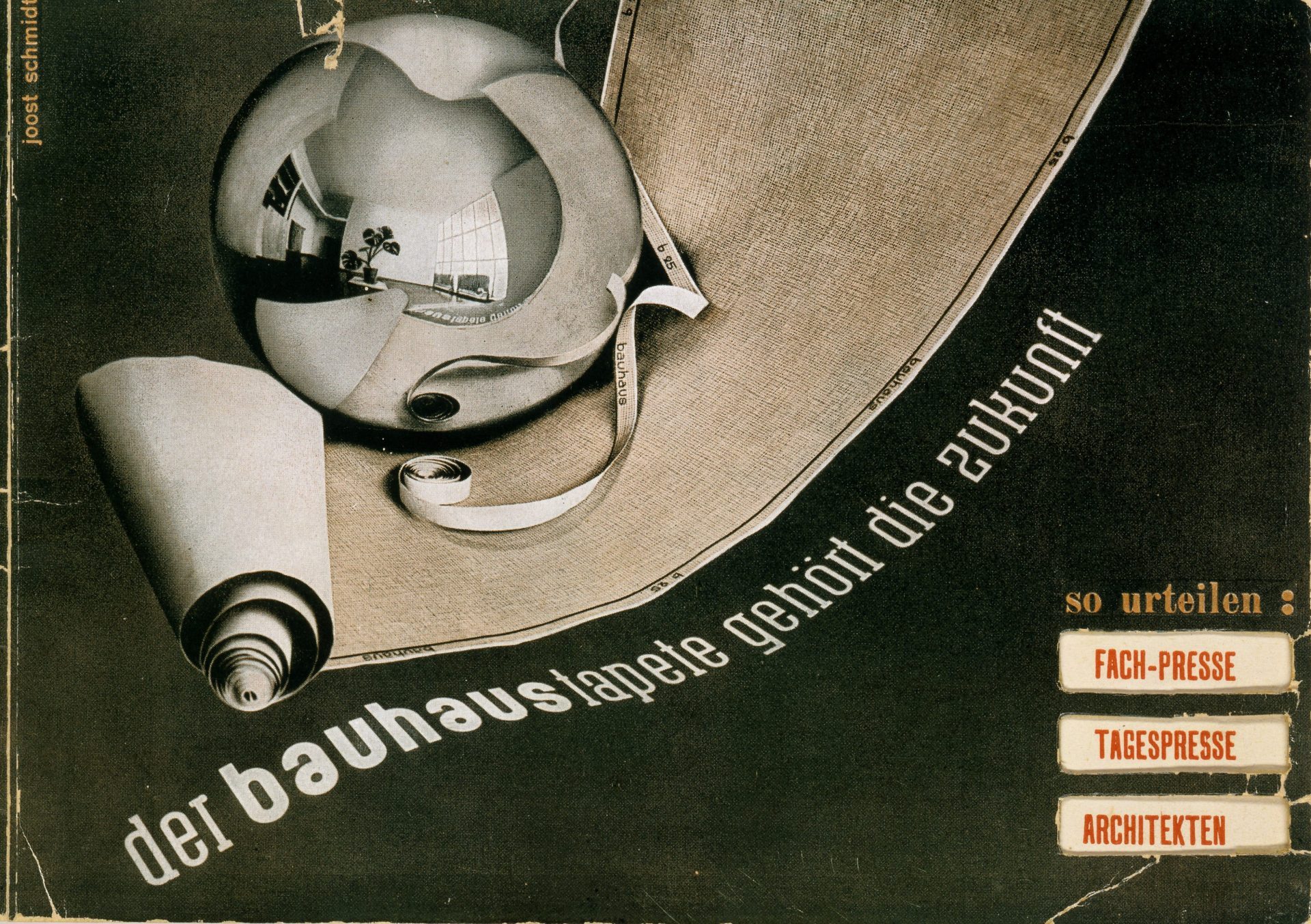
Lorem ipsum
-
The art historian Hans Maria Wingler was the first to propose the concept of the Bauhaus-Archiv. Interestingly, his interest in the Bauhaus had all started with wallpaper. On behalf of the Rasch Company, he collaborated with the Bauhaus in 1929 to create wallpaper designs and had been marketing them under this brand name ever since. On the occasion of the 25th anniversary of this successful collaboration in 1954, he began doing research on this production series and the Bauhaus in general. At the opening of the Ulm School of Design in 1955, he made the acquaintance of the ceremony’s keynote speaker Walter Gropius, who had flown in from the US to attend. This encounter energised Wingler’s research: not only did Gropius share his contacts with former members of the Bauhaus and provide research fellowships to the US, he also strongly encouraged Wingler to establish a non-profit organisation with the goal of collecting “all documents related to the activities and cultural philosophy of the Bauhaus”. After meticulously collecting materials and documents for years, Wingler published his findings on the Bauhaus in 1962 in his standard work “The Bauhaus. Weimar Dessau Berlin 1919–1933 ”, which he expanded with the addendum “…and its Successor in Chicago since 1937” in a later edition. While producing the book, he had cultivated close ties to many who had worked at the Bauhaus and others who felt especially committed to upholding certain Bauhaus principles.
Lorem ipsum
A location for objects and ideas
Upon establishing a physical archive with objects of all kinds, Wingler added a new milestone to the original historic succession of Bauhaus sites in Weimar, Dessau and Berlin … this time in Darmstadt. Aware of his own historical role, Gropius contributed his personal archive as the cornerstone of the planned collection. The almost 78-year-old founding director of the Bauhaus held the welcoming address when the Bauhaus-Archiv officially opened in the Ernst Ludwig House on Mathildenhöhe in Darmstadt in April 1961. The institute began with an ambitious programme devoted to cultivating the living memory of the Bauhaus and the inspiration it continued to generate. In 1968 ahead of the 50th anniversary of the founding of the Bauhaus, the archive organised an extensive retrospective that highlighted the political implications of the school’s growing renown which became a point of cultural reference and identification for the country. The physical location of the Bauhaus-Archiv also generated new impetus for its collecting activities. Wingler tirelessly contacted former Bauhäusler and urged them to share their memories and souvenirs. He convinced families around the world to bequest their inherited Bauhaus works to the archive where they would be best preserved. The collection grew – as did the tasks of the association – which led Wingler to consider constructing new rooms and Gropius to personally design his own building (together with The Architects Collaborative, TAC, headquartered in Cambridge, Massachusetts) for the Bauhaus-Archiv in Darmstadt in 1964.
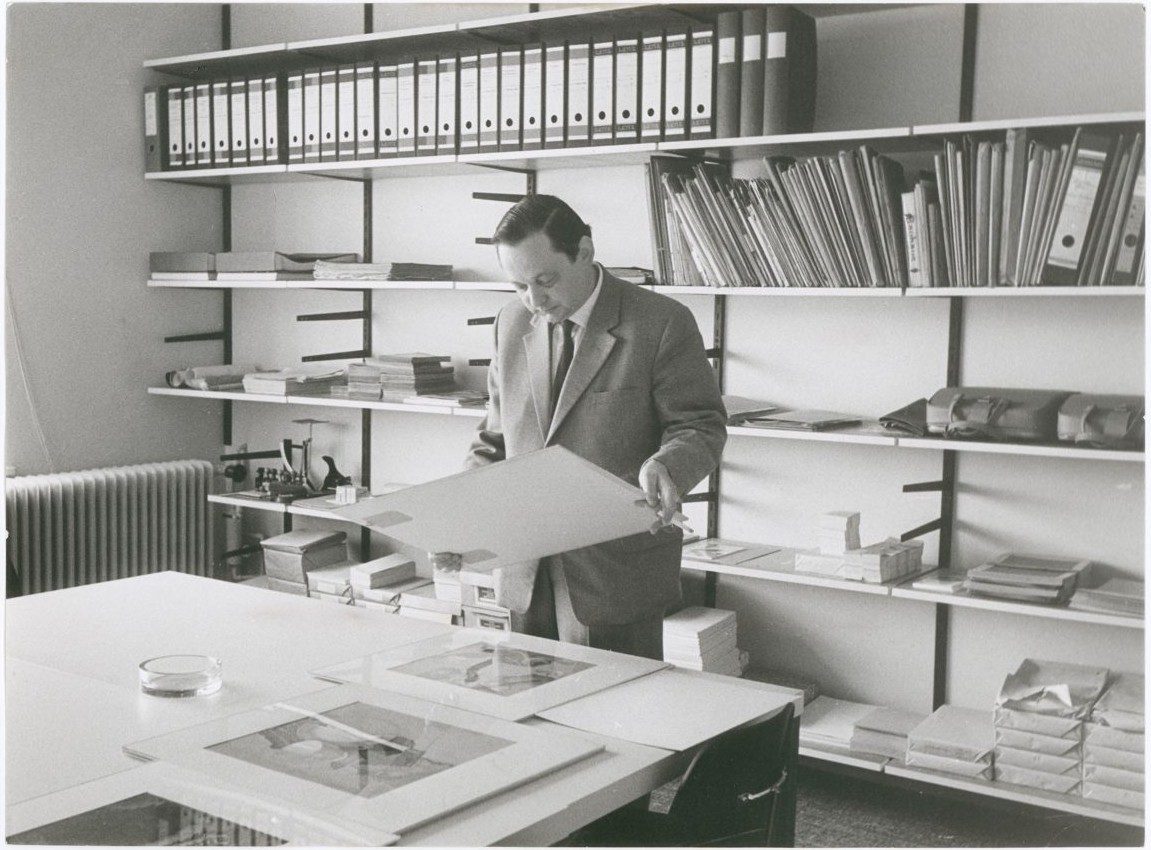
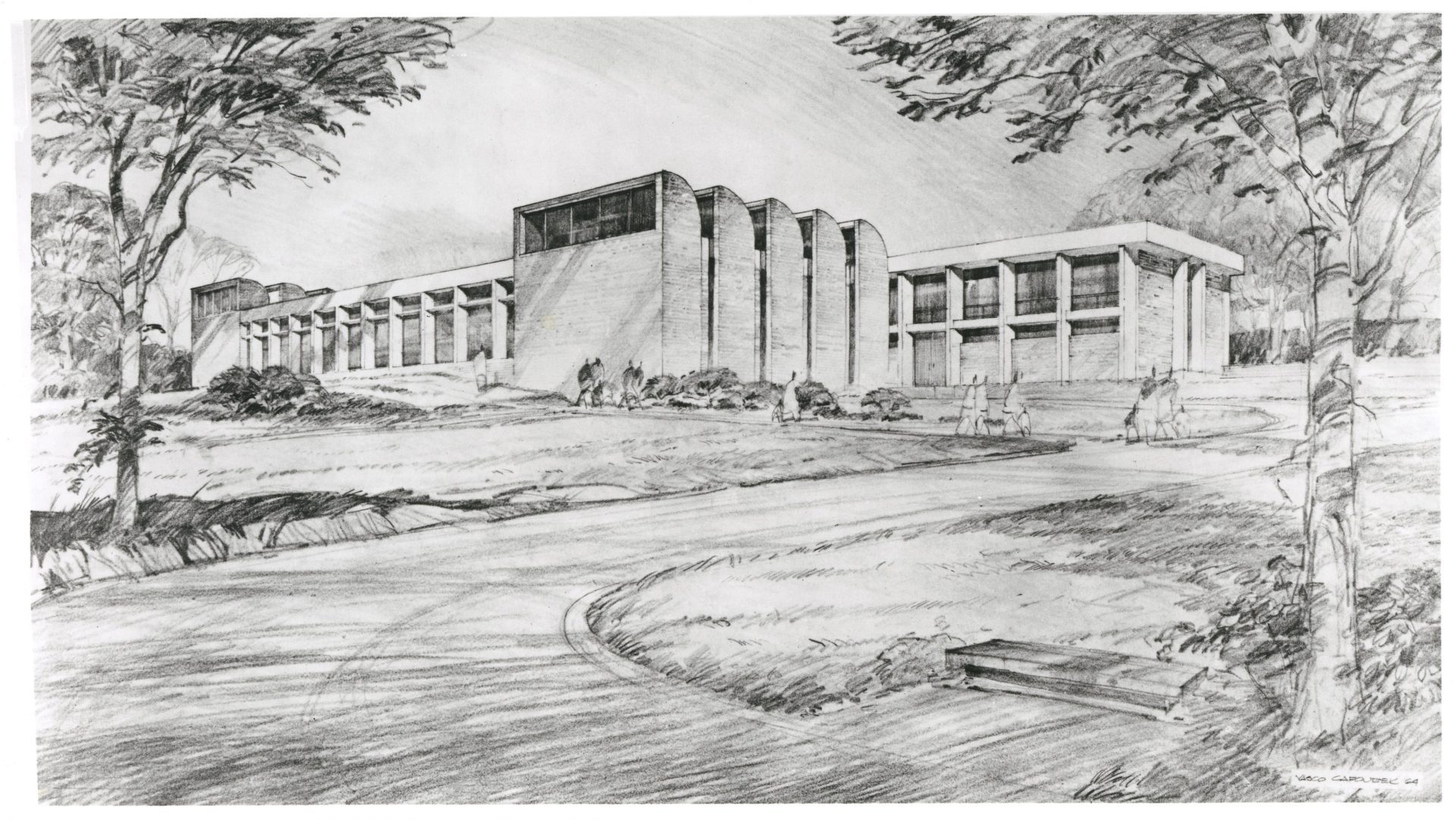
Lorem ipsum
Gropius’s design concept had nothing in common with an opulent archive that one might expect of a world-famous cultural institution. Rather, it resembled industrial architecture with a roof form reminiscent of factory halls, through which daylight could evenly illuminate the interior. These commonly recognisable shed roofs had already been adopted by Gropius’s colleague, the Spanish architect Josep Lluis Sert in the studios for Joan Miro (1956) and Georges Braque (1959), as well as the museum of the Fondation Maeght in the southern French city of Saint-Paul-de-Vence that had just opened in summer 1964. This reference to industrial architecture evoked the notion that something was being made here. The idea was that the encounter with the presented materials – i.e. the historic objects and documents – and the visitors who entered the museum would produce something new. Even the design of the Bauhaus-Archiv conveyed the sense that this would be a place where people could further develop the ideas of the Bauhaus. At the same time, the building’s architecture aimed to integrate the visitors, to excite and inspire them. The proposed location of the new building was high up on the slope of Mathildenhöhe in Darmstadt. However, the city was reluctant to finance the rather pricey, relatively young and – perhaps from the perspective of the West German cultural scene – not yet sufficiently established Bauhaus-Archiv. In the end, the archive was built – in Berlin.

